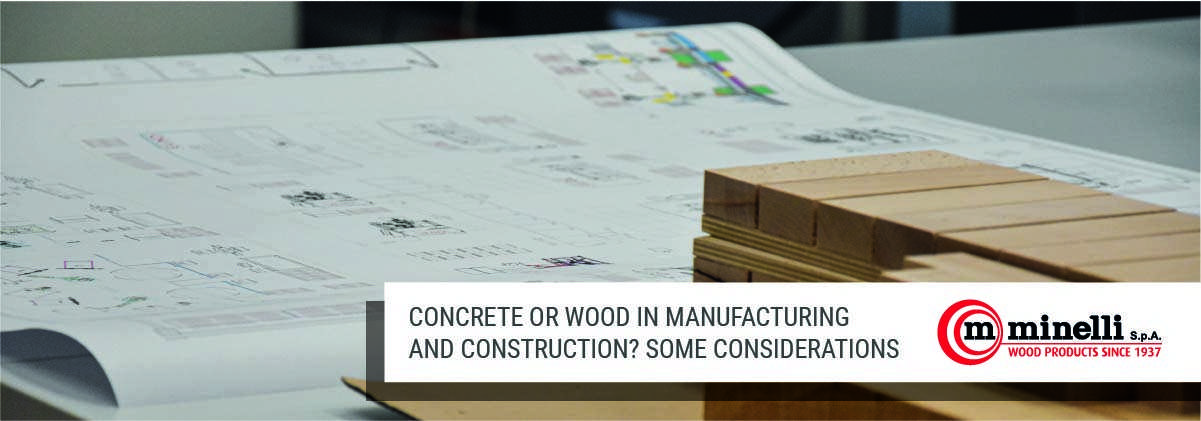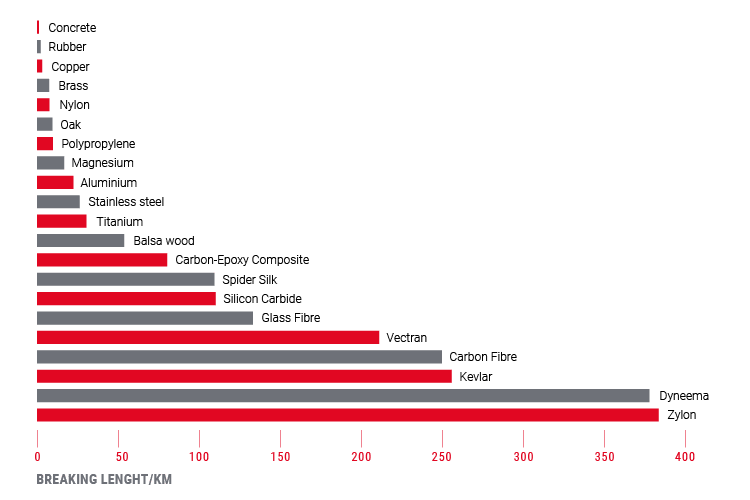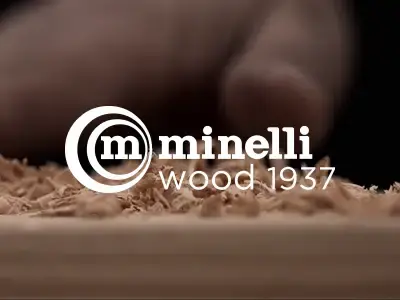 Wood and concrete have been used for centuries as construction materials, as both have indisputable optimal properties and advantages.
Wood and concrete have been used for centuries as construction materials, as both have indisputable optimal properties and advantages.
Wood manufacturing can be complex; however, engineers and expert manufacturers can use it to build many types of structures.
In this article, we want to compare wood and concrete to find out their differences and similarities.
Wood manufacturing: let’s start with the basics
Wood is generally divided into two categories: hardwood and softwood. The difference is that the former comes from conifers or gymnosperms, while the latter comes from deciduous trees or angiosperms.
It is not a matter of softness and hardness of the wood structure. In fact, both are used in construction.
Thanks to its flexibility, light weight, lesser density, and capacity to grow faster, softwood is frequently used for interior mouldings, manufacturing windows, in the roof and inner wall structures, fixtures, fittings, and doors.
Hardwood, on the contrary, takes longer to develop but is generally more durable and resistant than softwood, so it is most commonly used for flooring, cladding, panelling, buildings, fencing, boats, and outdoor decks.
What’s the difference between lumber and timber?
The terms timber and lumber can sometimes create confusion because the distinction between them largely depends on regional variations.
This is the definition by Designing Buildings Wiki:
As a rule of thumb, wood which is smaller than five inches wide by five inches thick is referred to as lumber. These pieces are usually machine-planed and sawn for certain dimensions primarily being used in residential construction. Pieces of wood over the lumber dimensions, regardless of length are timber, although any timber pieces that are more than eight inches wide and eight inches thick are called beams.
The construction industry exploits the potential of wood to the fullest due to its amazing properties and advantages if compared with other materials.
Let’s discuss them.
The advantages of wood in the construction industry
Wood is excellent to use in a wide range of construction projects thanks to its several benefits. It is a unique and versatile material besides being aesthetically beautiful and prestigious. However, for building and structural use, aesthetics is not enough.
Strength and resistance
Many people might think that wood cannot replace reinforced concrete as construction material. They believe it is less resistant, durable, and strong.
Maybe they don’t know that when it comes to breaking length (also known as self-support length), some types of wood even outdo concrete, as you can see in the chart below.

This is due to lignin, which functions as a binding material in the cell wall of tree cells, providing structure to the plant by making them rigid.
Lignin, cellulose, and hemicelluloses are bonded together in wood and make this material resistant and strong.
Wood can therefore be compared to reinforced concrete, where steel bars represent the cellulose, while the concrete is the lignin.
It means that wood can support its own weight better, which is one of the main reasons for choosing it as a building material.
Heat resistance
Wood is naturally resistant to high temperatures and electrical conduction. Therefore, it is a safe material, as it also remains cold and stable if exposed to the sun for long or, at worst, to fire.
Its strength and dimensions are also not negatively affected by heat. On the contrary, wood dries out and becomes stronger as the temperature increases.
Sound absorption
Wood can absorb sounds and echoes, so it is the preferred choice for those structures where acoustics and silence are important, such as concert halls, but also living and office spaces.
As a construction material, it can help reduce noise levels, making buildings more comfortable.
Sustainability
Wood is a natural resource, so it is biodegradable and renewable if collected following the strict procedures for environmental sustainability imposed by the market. If wood is FSC certified, it means it comes from responsibly managed forests.
Moreover, if compared with other building materials, such as aluminium, steel, and concrete, the wood manufacturing process leads to significantly lower emissions of volatile organic compounds (VOCs) and carbon dioxide.
This reduces negative impact on the environment, especially if the manufacturer follows the principles of the circular economy model, for example, reusing and recycling scraps and discarded materials to fuel heating systems.

Finally, thanks to its lower thermal conductivity compared with brick or concrete, wood is ideal for energy-efficient design: homes and buildings made with wood require less energy to maintain the right temperature.
Is engineered wood the new concrete?
Engineered wood materials, elements, and components are increasingly used in buildings around the world due to their impressive attributes.
This special material is created by fixing strands, particles, fibers, veneers, or boards of wood with adhesives or other methods to create composite panels with enhanced durability and performance, reducing possible variation and defects of wood.
 As a result, buildings made with engineered wood are lighter, stronger, and more consistent compared with concrete or steel ones, showing similar or even better structural integrity with less shrinking or warping.
As a result, buildings made with engineered wood are lighter, stronger, and more consistent compared with concrete or steel ones, showing similar or even better structural integrity with less shrinking or warping.
Engineered wood is therefore considered a great alternative to threatened and endangered tropical hardwoods and traditional impregnated wood.
At a time when ecological awareness is high and people are concerned about environmental issues, using wood as a building material can be the right choice.
Wood is considered a top-quality building material thanks to its unique and amazing properties. To ensure perfect wood manufacturing, you need an expert supplier that knows the characteristics of this raw material and how to manage it properly.
The Minelli Group has been managing wood for more than 80 years and can guarantee the highest quality custom-made wooden components.
If you need more information or have a project in mind, do not hesitate to contact us!






